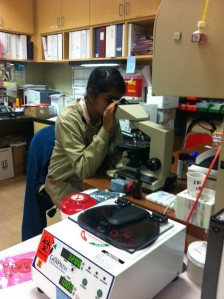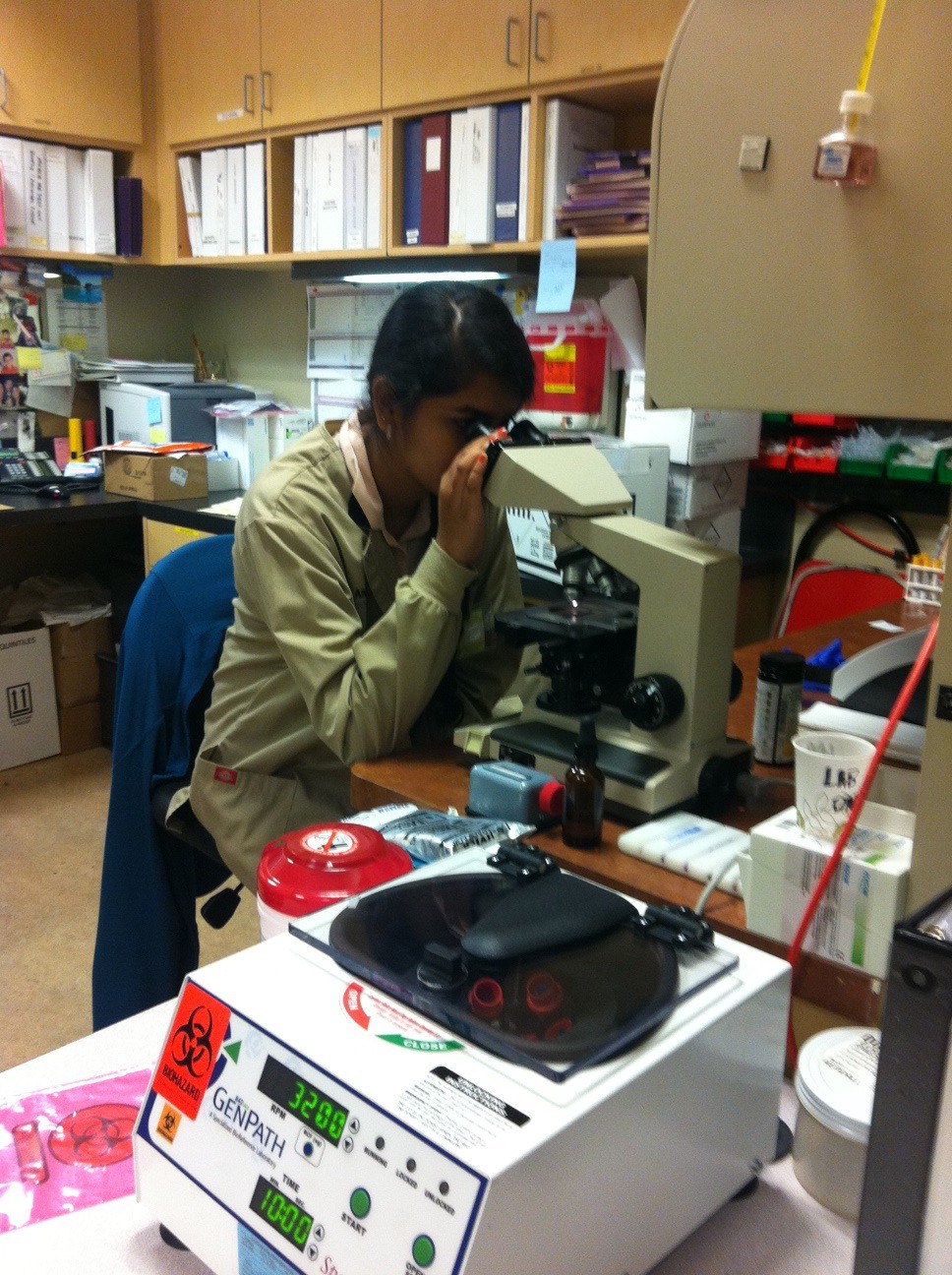Mark Erlandson, the parent of a gifted student who presently attends a boarding school out East, is a former lawyer and public high school English teacher from Wisconsin starting a new business as a legal writing consultant.

“You can be anything you want to be” is a cliche we all will probably tell, or have already told, our children at some time in their lives. For the gifted child, this statement may be closer to the truth. But having too many skills and abilities and multiple interests can be overwhelming, and what exactly does “anything” mean? How do we help the gifted student to understand what the “anything” is and to find the right career match?
To begin, two caveats: technological innovation and economic globalization have brought about swift change to the practice and outlook of many occupations and will continue to do so. Therefore, the goal of much early career planning should be to explore and understand the nature and variety of work available, not to choose a specific career. At most, paint in broad strokes and identify career areas that a child may want to enter.
Second, children’s interests often change as they mature. What once lit that flame of enthusiasm in 8th grade may have diminished by junior year of high school. That is natural. Expect your child’s passions to ebb and flow as he or she ages, becoming exposed to and participating in life’s experiences and learning more about themselves.
At the elementary school age, children need to just learn about the world of work in general. Begin by explaining your own job, both the advantages and disadvantages. It is called work and not play for a reason. Then have other relatives and friends explain their jobs and what they like or dislike about them. Ask your child to picture himself or herself in that job and what he or she would like or dislike about it. Try to stay away from the salary as a motivating factor. (The need for financial literacy is a topic for another day.) When you are out in public, point out the people working. Speculate with your child about that occupation’s advantages and disadvantages and how he or she would enjoy it. In all these situations, ask how the job contributes to society and what needs of people it meets.
Another way to begin discussion about possible employment is to connect current events with the world of work. Discuss, for instance, what occupations might have been affected by the drought in California or the political instability of the Middle East and how.
As children enter middle school and high school, research becomes important. An excellent resource is the US Department of Labor’s Occupational Outlook Handbook. Another place for extensive information on careers is O*Net. Both sites break the work world into fields like Architecture and Engineering, Computer and Information Technology, and Business and Financial. They then provide information on the tasks involved in the career, the working conditions, the size of the occupation, the expected rate of growth and future prospects, the training involved or expected, the earnings, and the career ladder among other things. Other useful websites include www.careerinfonet.org, www.careers-in-business.com, and www.quintcareers.com.
(A career in the military should not be ignored, though this is another topic best left for another day. Perhaps surprisingly, Forbes lists the three service academies among the top 30 on its “America’s Top Colleges List.”)
Don’t forget to use your library’s resources. Some helpful sources include the Encyclopedia of Careers and Vocational Guidance (R331.7 ENC); The Dictionary of Occupational Titles (R371.42); and Career Discovery Encyclopedia (R331.7 CAR). There are also many books on specific careers or career fields. For instance, there are books about nursing and books on careers in health care.
Of course, job shadowing provides some of the most realistic evidence of what a job is really like. This is as close as you can come to actually practicing the occupation. It can also dispel common misconceptions formed through such sources as television. For example, many children are surprised that the career of a forensic scientist is nothing like that seen on the CSI programs. Many companies now have formal job shadowing programs. Be sure to check their websites. But don’t be afraid to just call a business informally, as most companies will be happy to allow someone to job shadow. Contacting the human resource department is often a great place to start as is using relatives and acquaintances to network. Prepare for the experience by researching the occupation as outlined above and preparing a list of questions to ask. Don’t forget to send a thank-you note afterwards.
As the ancient Delphic maxim states, “Know thyself.” Once a child matures and can accurately identify and understand his or her personality, interests, skills and values, self-assessment becomes a critical part of the career exploration process.
Personality tests help students to understand themselves. One of the most common, the Myers-Briggs Type Indicator (MBTI), divides people into four dichotomies: Extroversion/Introversion, Sensing/Intuition, Thinking/Feeling, and Judging/Perceiving. These results are then used to place people into 16 personality types, e.g., INTP or ESFJ. Personality types can be matched with occupations that fit them. While the actual MBTI requires a certified professional to both administer and interpret (See www.myersbriggs.org for more information), a similar Jungian personality test may be taken for free at www.humanmetrics.com/cgi-win/jtypes2.asp.
Interest inventories like the Strong Interest Inventory can provide additional information about self. Social scientists have found that interests in activities related to the world of work can be divided into six categories: Realistic, Investigative, Artistic, Social, Enterprising, and Conventional. Combinations of these interests can be matched with various careers. For example, scientists tend to have strong interests in the areas of Realistic and Investigative while architects tend to be interested in the areas Artistic, Investigative and Realistic.
Of course, it is not enough to just be interested in a career; you must also have the necessary skills and abilities. The U.S. Department of Labor links to skill profiling tools to identify a child’s skills that it then matches with careers that require that skill set. You can also start by identifying an occupation and then take a shorter assessment focusing only on the skills required by that occupation.
One final area, which is often ignored in the career exploration process, is work values. Satisfaction with one’s job is not just that it suits one’s personality and that he or she is good at it, but that it is similar to one’s values. For example, how important is it that the job provides recognition in the form of promotions or praise or that the job contributes to the betterment of society. Ultimately, this area might be the most crucial one leading to a long and satisfying career.
Picking the wrong career can lead to lifelong dissatisfaction, even burn-out, and waste the potential of the gifted child. To conclude with another cliche, “knowledge is power,” the power to avoid just such a situation.
Do you know a gifted high school student interested in learning more about a potential career field through hands-on experience? Check out IEA’s Apprenticeship Program!

